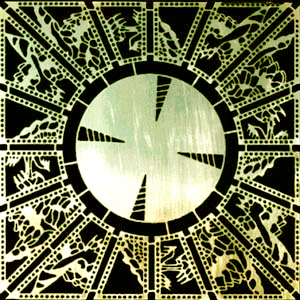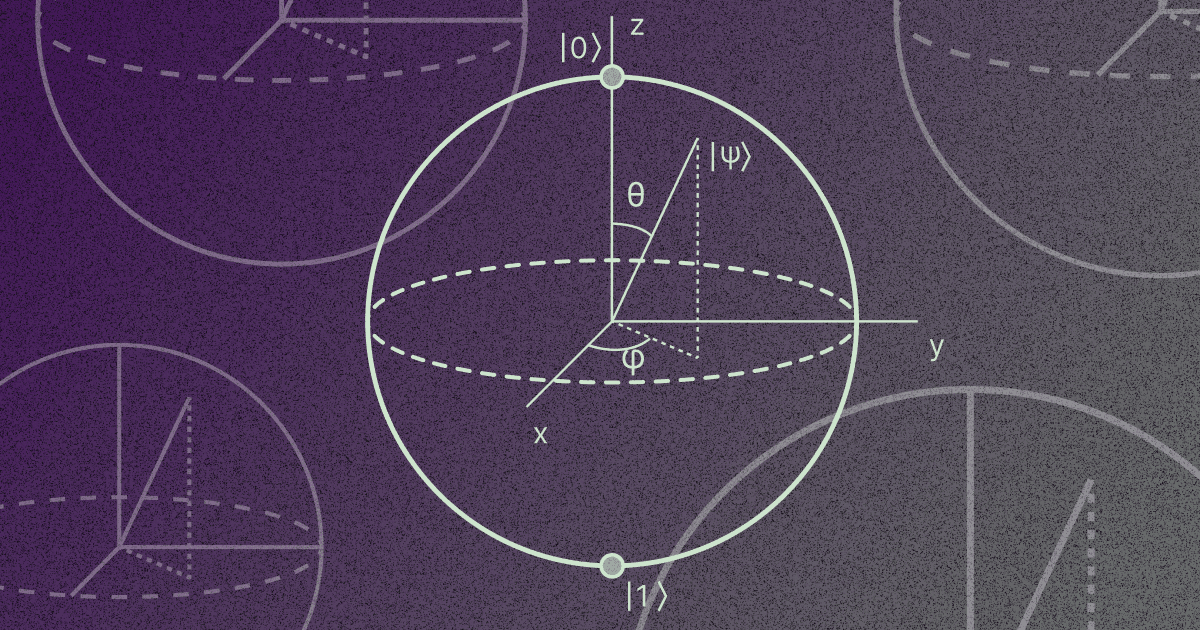- cross-posted to:
- technology@lemmy.world
- technology@kbin.social
- hackernews@derp.foo
- cross-posted to:
- technology@lemmy.world
- technology@kbin.social
- hackernews@derp.foo
We believe that the key encapsulation mechanism we have selected, CRYSTALS-Kyber, is built on solid foundations, but to be safe we do not want to simply replace our existing elliptic curve cryptography foundations with a post-quantum public key cryptosystem. Instead, we are augmenting our existing cryptosystems such that an attacker must break both systems in order to compute the keys protecting people’s communications.
…
Our new protocol is already supported in the latest versions of Signal’s client applications and is in use for chats initiated after both sides of the chat are using the latest Signal software. In the coming months (after sufficient time has passed for everyone using Signal to update), we will disable X3DH for new chats and require PQXDH for all new chats. In parallel, we will roll out software updates to upgrade existing chats to this new protocol.



Anonymity is good but that’s not the biggest problem with Signal’s reliance on phone numbers. Phone numbers are just not secure and not designed to be authentication credentials. Phone services are vulnerable to a large number of exploits and that’s never going to change. Signal has a number of mitigations to try preventing those exploits from hitting people but that’s a bandage at best. Reliance on phone numbers is a gigantic weak point in Signal’s privacy and security.